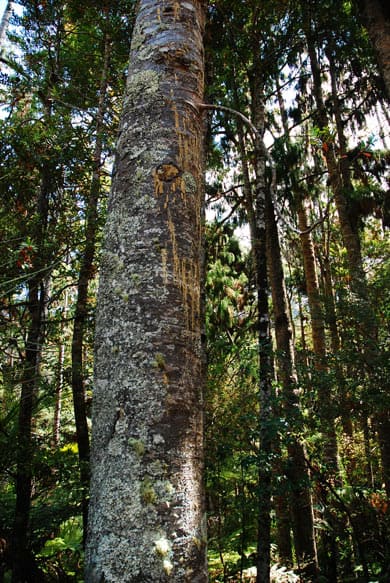Trees like any other living thing have their normal life cycle, from germination to mature trees. Within this life cycle there are hazards that can affect the tree health and their safety. With the vast amount of trees in our lovely province, their health and structural conditions change in step with their normal cycle. As a result we like to educate the public with helping monitor the conditions of trees in our community.
You can trust that our experienced team of professional arborists will assist you in identifying any problems with your trees. We also can help by suggesting numerous ways to protect your trees. Even more we can setup a protection plan to create in order to prevent similar problems from happening again.
CANOPY DIEBACK
This common tree problem is when a tree or parts of a tree suddenly start dying and often its without a visible cause. Some factors include drought, temperature changes, pathogens, parasites and pollution. If your tree seem to have large parts of the canopy suddenly dying, it is urgent to get help as soon as possible. As a result, the life of the whole tree is at risk of dying, leading to other issues.
Also be aware this could affect multiple species. Some identifying factors to dieback are leaves and needles falling off, discoloration of leaves or needles, thinning of the crown and changes of the roots. While these are some of the most common symptoms, dieback has many forms and can exhibit mild to extreme symptoms, resulting in death.


FUNGI
Fungi is one of the most diverse and complex organisms. This condition plays a vital role in ecosystems and is crucial to life cycles of many plant species on this plant. Connection between fungi and trees are often critical in determining a trees vitality and stability. Some fungi form friendly relationships with the trees they grow on, sometimes even being beneficial for the tree. Most importantly, others are not so friendly. Some fungi can be extremely deadly and can lead to a tree dying and breaking or falling.
It is important note that if you see what looks like fungi growing on your tree, have an arborist diagnose what type is growing on your tree. The arborist will be able to assess if the fungi is harmful, and as a result, recommend appropriate treatments. It is crucial to the health and safety of you and the tree to have it identified as soon as possible. Unidentified fungi could cause the tree to suddenly fall and damage property or severely injure bystanders.
HANGING OR FALLING BRANCHES

